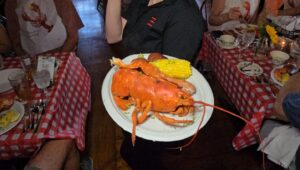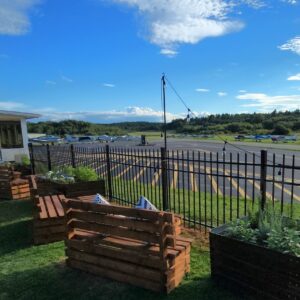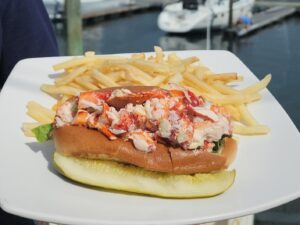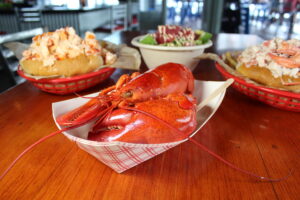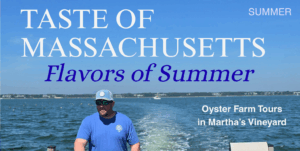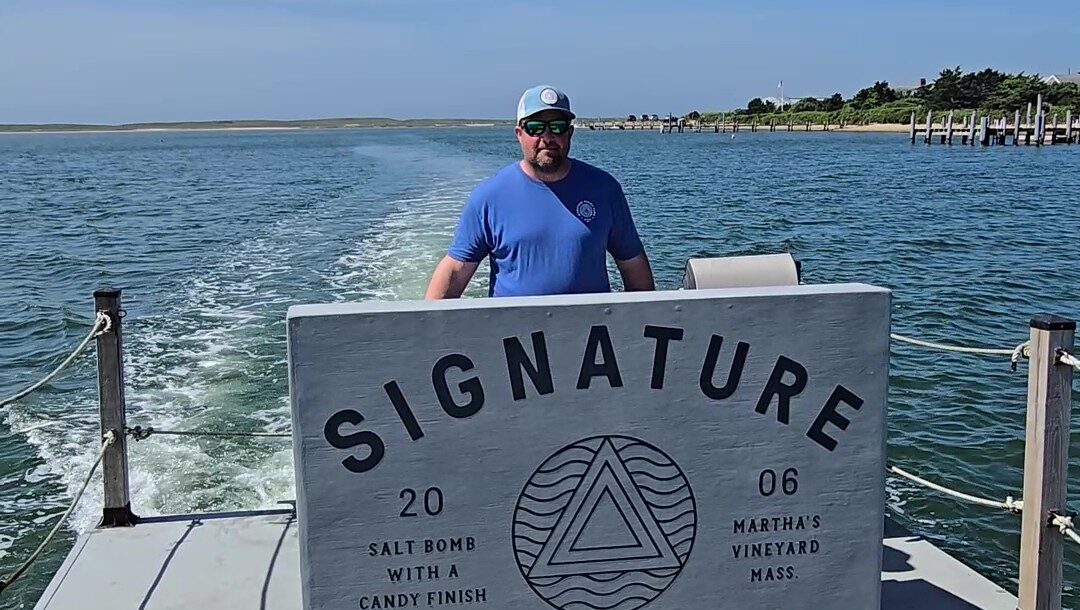
This is a great experience for the Summer.
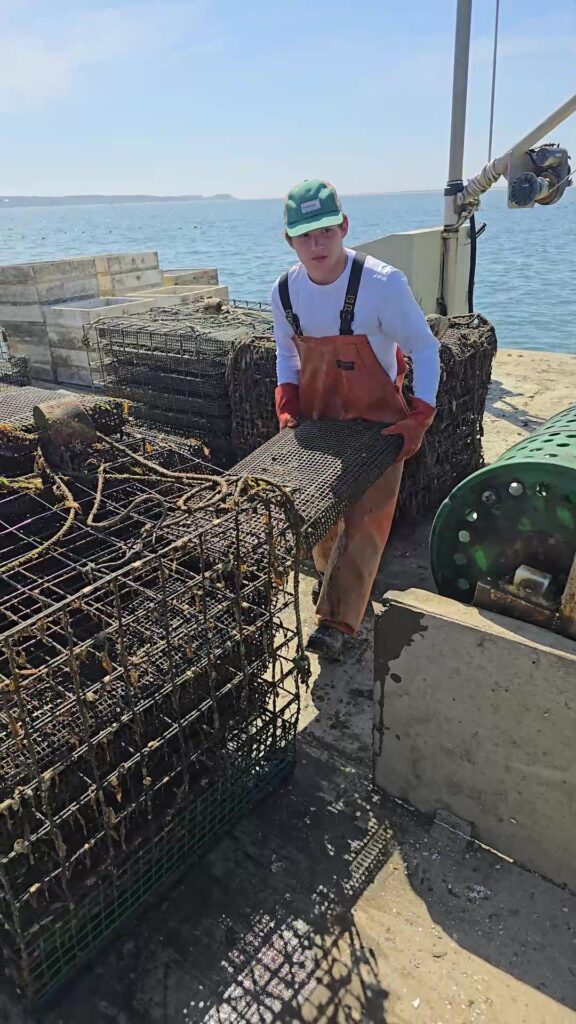
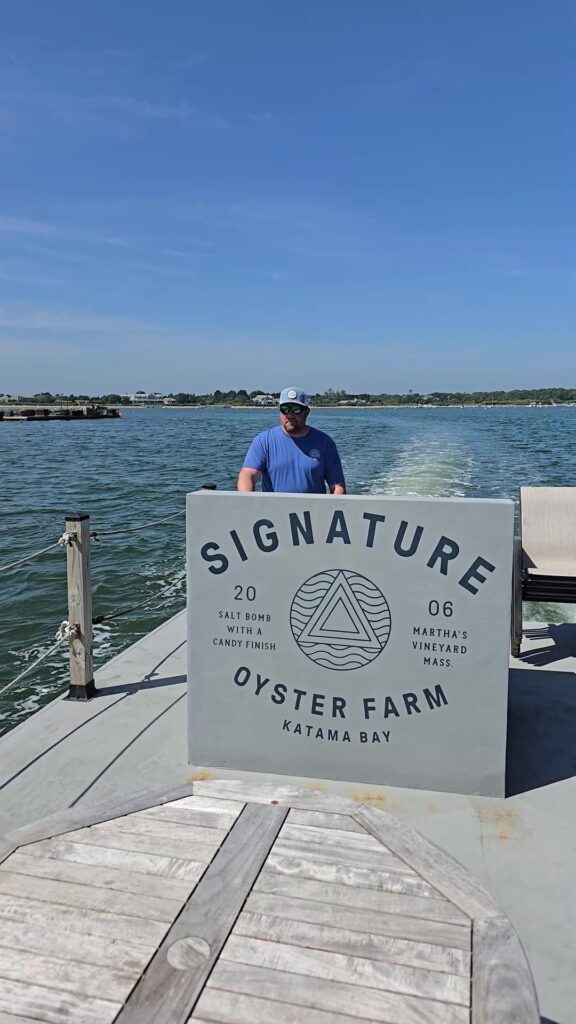
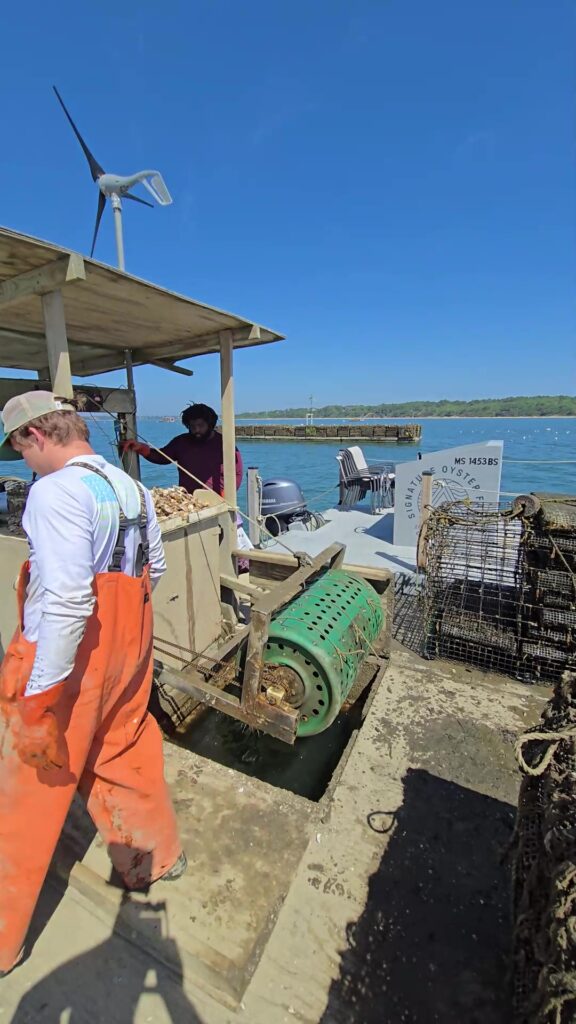
Did you know some of the best and freshest oysters come from Katama South Beach Martha’s Vineyard?
You can take a tour of the oyster farm, see how they harvest, clean, sort, and then sample them fresh on a skiff. The colder water makes oysters sweet, rich and robust.
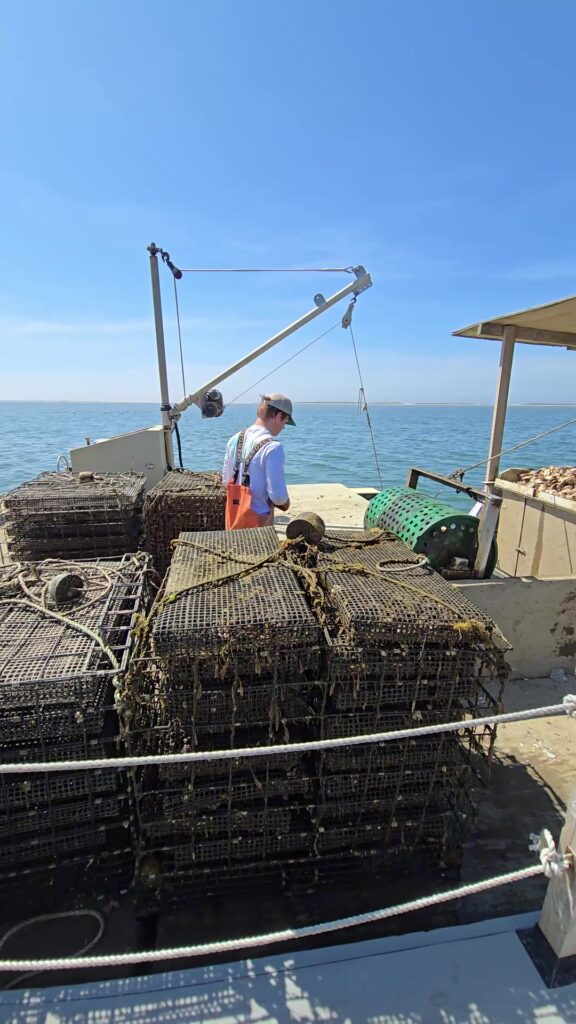
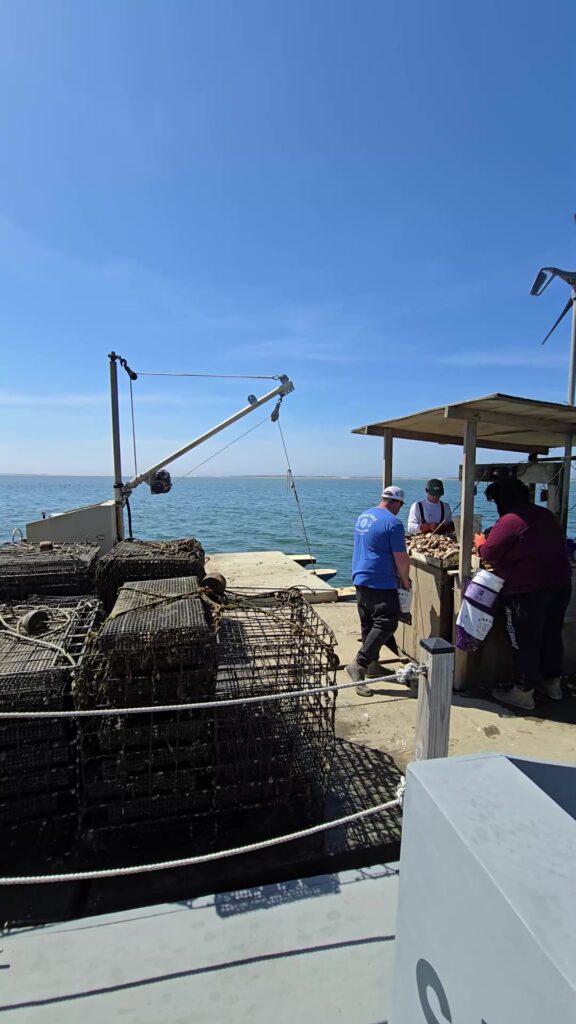
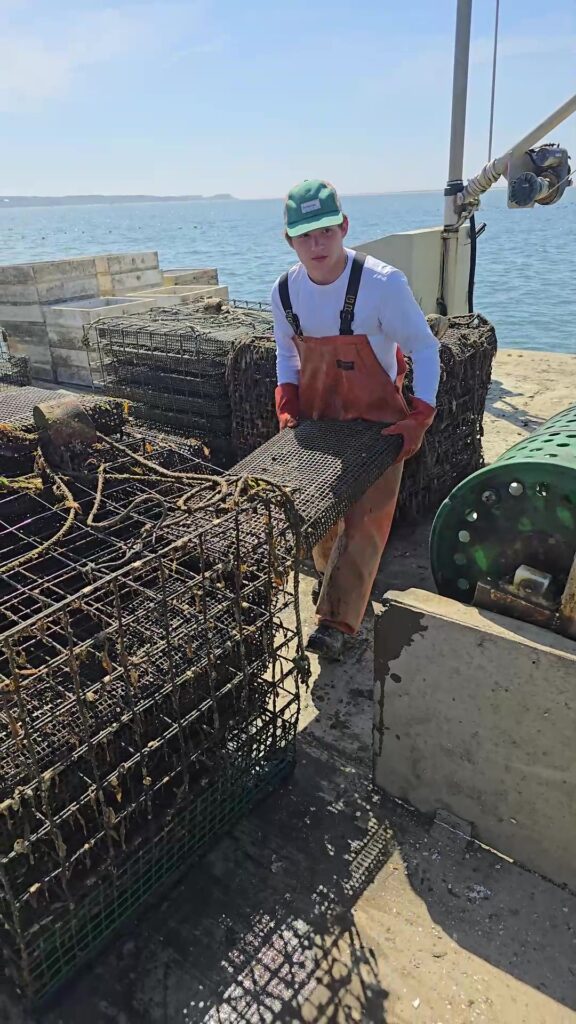
I toured with Ryan from Signature Oyster Farm, and loved every minute. signatureoysterfarm.com
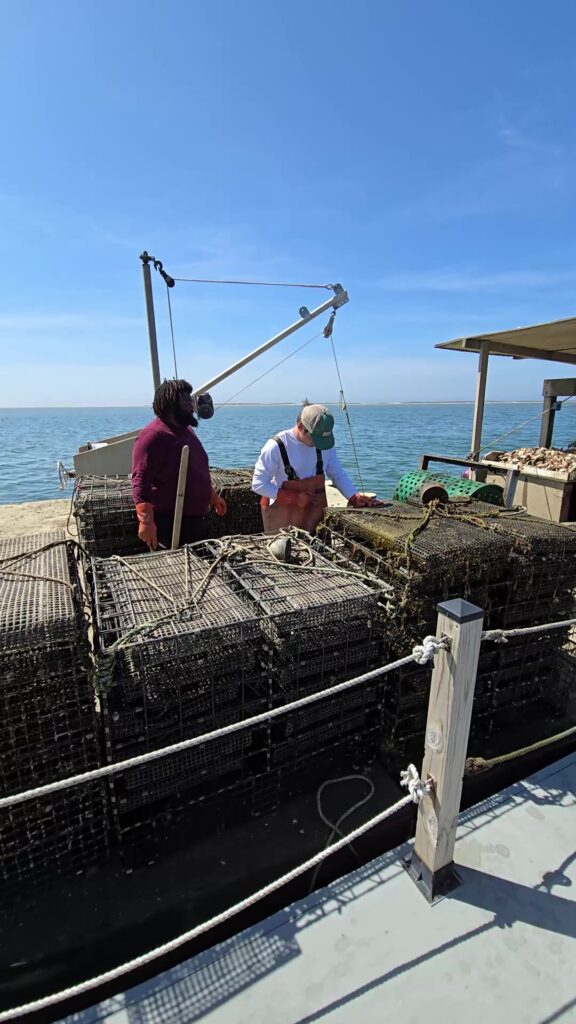
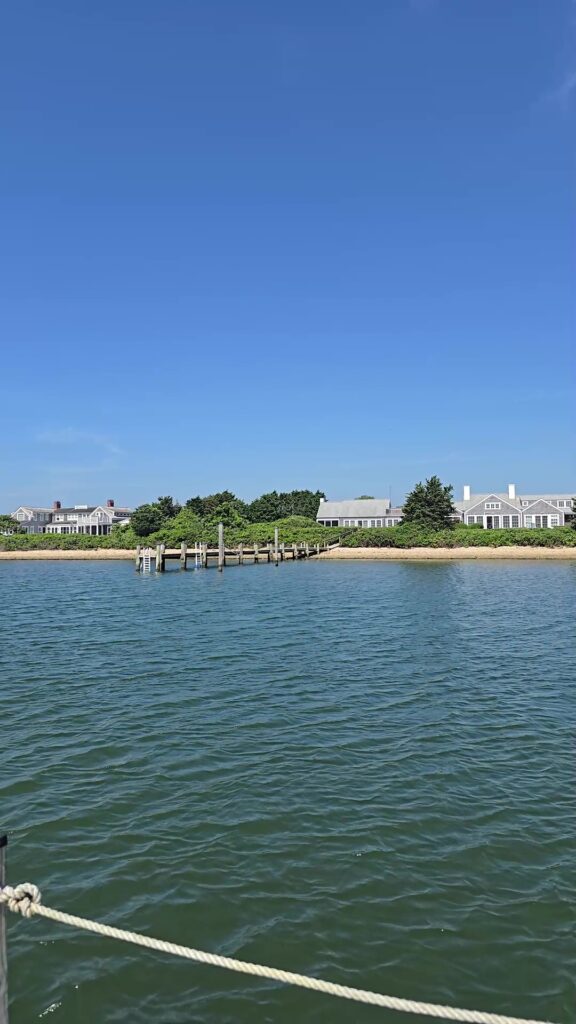
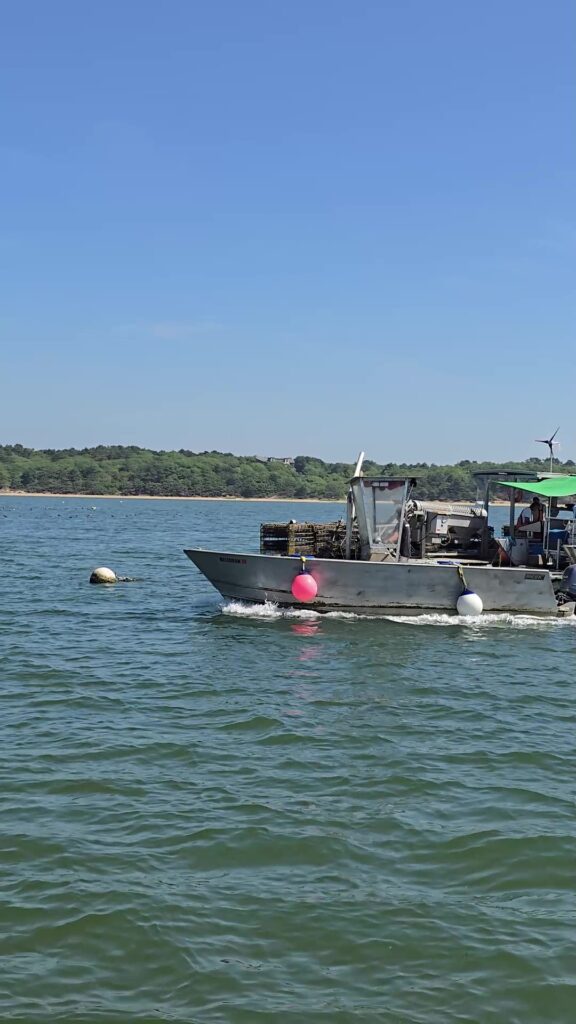
I finished the afternoon with half a dozen at 19 Raw in Edgartown.
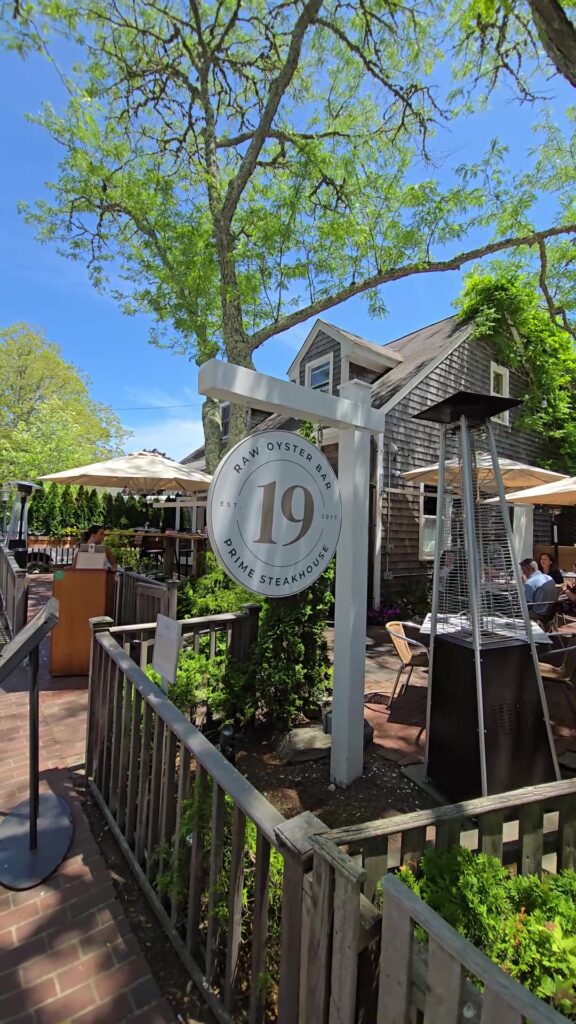
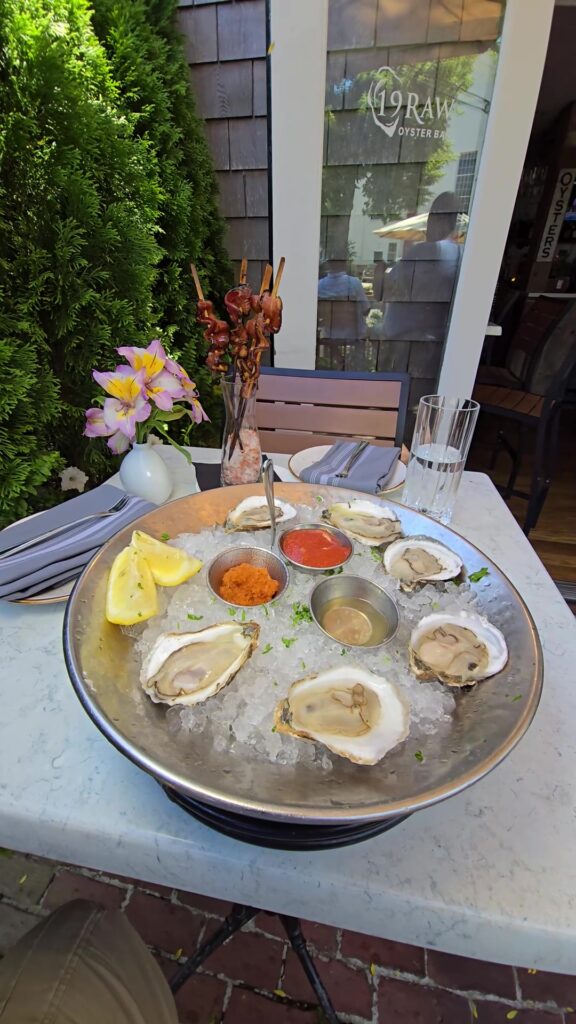
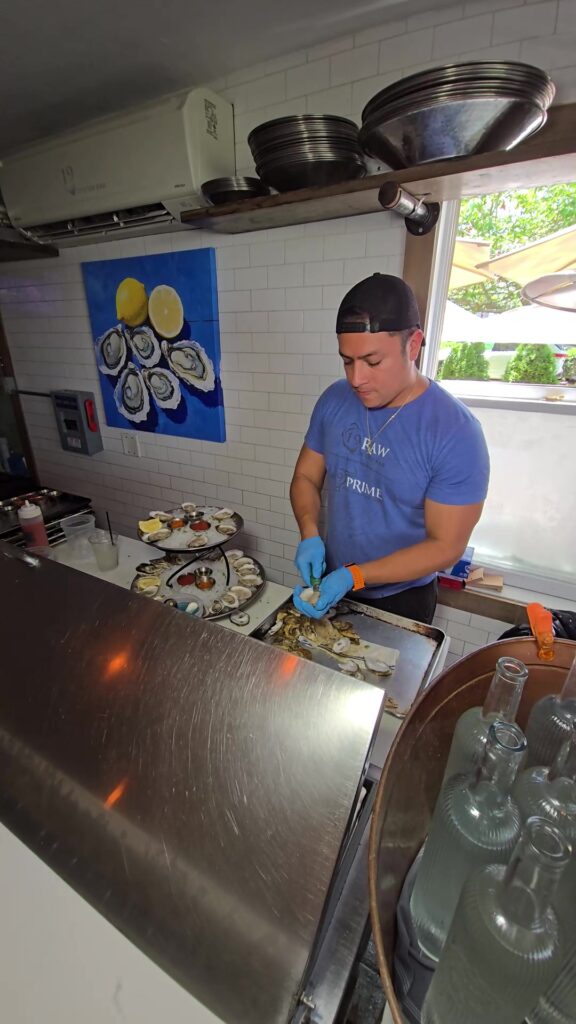
For the fellow nerds:
– Cold water generally makes oysters taste better. Cold water slows down an oyster’s metabolism, leading to a firmer, more robust texture and a sweeter, richer flavor due to the storage of glycogen.
– Water Filtration: Oysters are natural filter feeders, meaning they draw in water and filter out excess nutrients, algae, and sediments. This process improves water clarity and quality, making the harbor a healthier ecosystem. For example, a single oyster can filter up to 50 gallons of water per day.
– Habitat Creation: Oysters tend to grow in clusters, forming oyster reefs. These reefs provide complex structures that serve as habitat and shelter for various marine life, such as fish, crabs, and other invertebrates.
– Shoreline Protection: Oyster reefs can act as natural barriers, helping to protect coastal shorelines from erosion and storm surges by dissipating wave energy.
– Sustainable Food Source: Oyster farming is considered a sustainable method of seafood production as it has minimal environmental impact and doesn’t require additional feed inputs, unlike some other forms of aquaculture.
— Carbon Sequestration: Oysters incorporate carbon into their shells through calcification, effectively sequestering carbon from the water,
